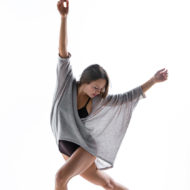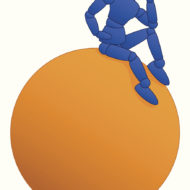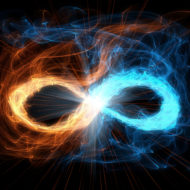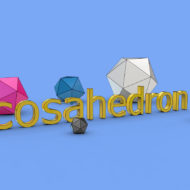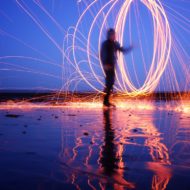
As Irmgard Bartenieff used to observe, “Constant change is here to stay.” This is certainly the case in Berlin, where Bartenieff grew up. When I first taught for Eurolab — Rotterdam (1988) and Berlin (1993-1996) – the Laban Certificate Programs were modeled on the American version. And it was an irony of history that these early programs depended heavily on American faculty to teach the Europeans what the Europeans had taught the Americans!
Two decades later, under the able direction of Antja Kennedy, the Laban programs in Germany have developed a unique format, delivered by European faculty in both German and English.… Read More

